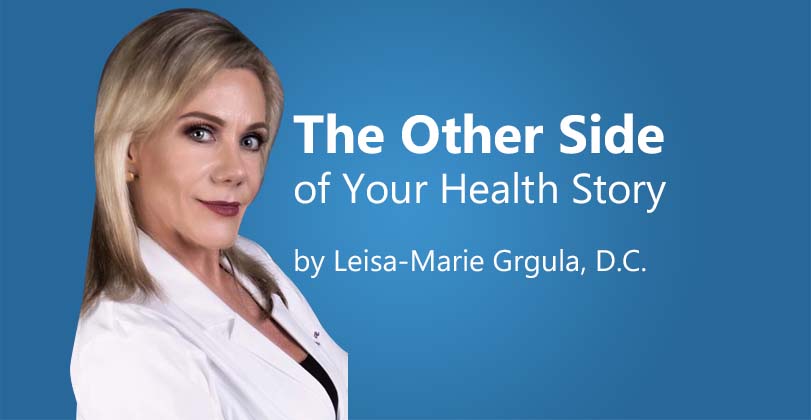First of all, they have important compounds that reduce inflammation. Plant chemicals that protect plants from environmental stressors are called phytochemicals. There are different classes of phytochemicals for reducing cancer risk. In this article, I’ll discuss the top 5. I’ll also discuss the issues with red meat and cancer, and a possible way to reverse them.
Cruciferous vegetables have been on the cancer reducing risk list for years.
We’ve all heard of cruciferous vegetables reducing cancer risk. How this works, is they have sulfur-containing plant chemicals, called isothiocyanates and indoles These chemicals restrain tumor formation. They also help to remove carcinogens from the body. These vegetables are best eaten raw.
Another group of inflammation reducing compounds are flavonoids. These may reduce heart disease risk, and protect against smoking-related cancers. Because of their antibacterial properties, they are important to eat during cold and flu season. Foods that are high in these include berries, parsley, citrus, and cacao.
Antioxidants help protect our cells from damage.
These compounds help protect our cells from free-radicals that reduce the risk of a lot of cancers, chronic diseases, and heart disease. Foods high in polyphenols include citrus, plums, berries, bright colored vegetables, dark chocolate, and coffee. We used to think coffee was bad for us, but the high amounts of polyphenols are outweighing the volatile oils.
Some are even considered in cancer prevention drugs. Dithiolethiones are responsible for detoxification. Once again, cruciferous vegetables are important anti-cancer vegetables. Cruciferous vegetables that are high in these chemicals include, cabbage, broccoli, collards, and kale.
Garlic is king!
Last but not least is a compound that is released by crushing garlic and others in that family. Diallyl Sulfide. It works as an antimicrobiobial, especially against H. pylori, the stomach ulcer bacteria. It also diminishes the risk of cardiovascular disease and may be the reason why garlic protects against colorectal cancer. Foods that contain this compound include garlic, of course, onions, shallots, chives, leeks, and scallions.
What about red meat?
Red meat has been linked to cancer in one way by an amino acid in red meat called L-carnitine. Our intestinal bacteria metabolizes it into a compound called TMA, then it’s oxidized by the liver into TMAO. TMAO has been linked to heart disease and cancer. Inflammatory pathways and it modifies cholesterol transport. The microbiome, as discussed in my last article, plays an important role in this process. This is why medical grade probiotics with the specific bacteria, should be taken to slow and possibly stop this process. Another issue with red meat, is the compound that gives red meat its color. it’s called heme. In the gut, heme becomes a problem with the cell lining in the entire digestive tract. It metabolizes it into compounds that are toxic to living cells. This damages the gut’s barrier, and leads to cancer. White meat also contain heme, but much less. The good news is that chlorophyll, the compound responsible for making plants green, blocks the metabolism of heme in the intestine, and prevents the toxins from occurring. Some studies have shown that adding raw spinach to the diet suppressed the cancer affects of heme.
Hopefully, this helps you to understand the reasons why imbalance of certain foods may cause disease, and in some instances, cancer. Balance and moderation must be used when planning your daily meals.
For any questions regarding my articles, please email me at [email protected]
Leisa-Marie Grgula, D.C.
Chiropractic Physician
21043 N Cave Creek Rd. #A9
Phoenix, AZ 85024
602-493-2228





